Our energy system is evolving to deliver safe and reliable low carbon energy to consumers as we work towards achieving net zero. Differences in when and where energy is produced and consumed means that ‘flexibility’ has never been more important.
Recent policy making has cemented the direction of travel: the Government’s Ten Point Plan includes the ability to produce enough offshore wind to power every home, encourages the transition to electric vehicles and supports new technologies like heat pumps to make our homes and business more energy efficient. All these changes mean that a flexible energy system is vital as we move forwards.
The good news is that flexibility isn’t a distant possibility but a lived reality. Last year, Centrica completed a three-year local energy market trial in Cornwall. It encouraged homes and businesses to be more flexible with how they generated and used energy. New technologies were installed and hooked up to the local market, encouraging people to use, generate, store or sell back energy to the grid depending on supply and demand. This all happened automatically, letting homes and businesses make or save money without costing them time.
The result was lower bills, additional low carbon energy generation and a flexible grid fit for the future.
The challenge we have to confront is achieving this on a bigger scale and encouraging people to buy-in to flexible energy systems.
Back to basics: what is flexibility?
Flexibility in energy systems is nothing new, but how it supports the use of renewable energy is becoming more important as we head towards net zero.
Every grid has some degree of flexibility. It describes the ability of a power system to maintain a balance between generation and demand during uncertainty.
In the past, this used to mean firing a generator up or down to meet the changing levels in energy usage. We used to hear how at half-time during the FA Cup Final, there was a huge spike in demand, as the nation reached for the kettle. Behind the scenes it meant power stations burning more coal (and sometimes even oil) to allow the country to have a simultaneous cuppa. Now we can achieve grid flexibility through new methods, including energy storage, demand-side response and distributed generation.
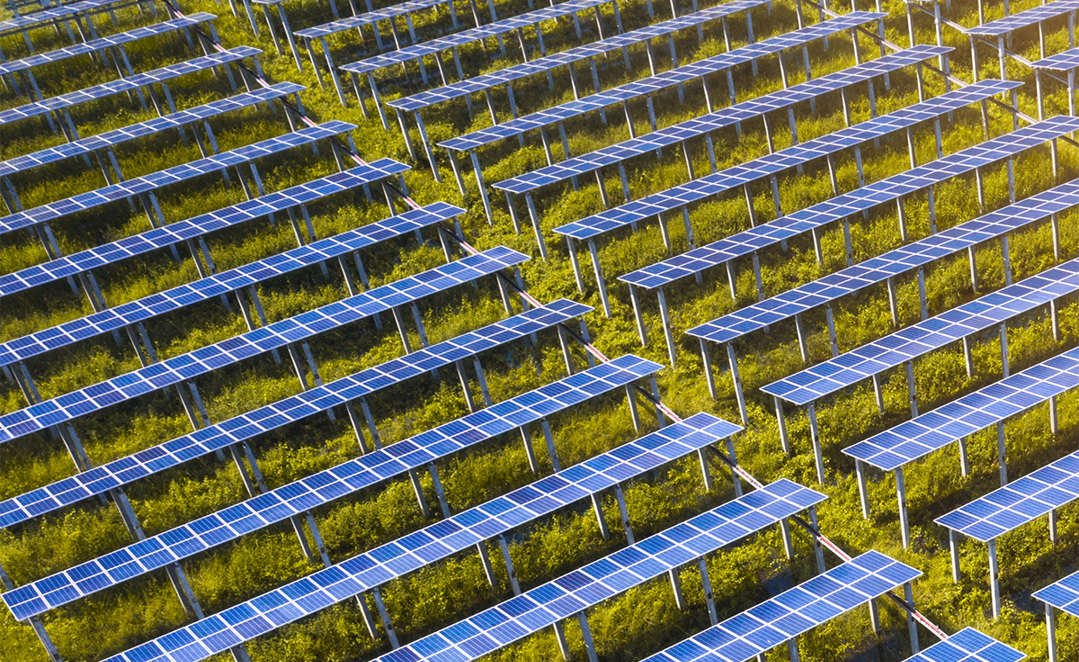
Energy storage mechanisms are especially important when it comes to the intermittent supply of renewables. We need to store energy on sunny and windy days for the rainier ones, and those when the wind isn’t blowing. Clearly, we can’t rely on one source of renewable energy to answer all our problems; we need them to work hand in hand. This is increasingly important as we come to rely more on renewable sources. In 2019, the UK reached a clean energy milestone, generating more of its energy from zero carbon sources than fossil fuels for the first time since the industrial revolution1.
It’s important to remember that the National Grid cannot store energy and so the gain or loss in energy has to be managed. Demand side response (DSR) helps to provide balance on the grid by incentivising homes and businesses to make changes to when they use power.
An example of this is using smart charging to top up your EV. Rather than charging your car instantly as soon as you plug it in, smart charging will modulate consumption according to supply and demand. Vehicle to grid (V2G) technology takes this a step further, allowing EV batteries to store energy and discharge it back to the network when it’s most needed.
These innovations involve a change in consumer and corporate energy behaviours, but can create significant opportunities for those who can be flexible with when they use electricity or those with onsite energy storage, which can substitute grid power.
Finally, creating low carbon electricity at home or at work, through solar panels or wind turbines, often paired with battery storage results in distributed generation. Virtual power plants (VPPs) will be central to its success. They’re similar to the idea of the ‘internet of energy’ – lots of remote devices are controlled by a central system that can be relied upon for energy by consumers and producers alike. You can find out more about VPPs in action here.
1. www.ft.com
Taking flexibility mainstream
We know that we have a long way to go to achieve all of this. The good news is that uptake in renewable energies for use in the home and businesses is on the rise. There are around 1.5 million houses fitted with solar panels and its popularity is rising with 80% support from the public1. Yet taking the benefits of this a step further and encouraging people to manage their own energy is a challenge. There’s still a long way to go: in 2015, it was reported that there were only one million ‘prosumers’ in the UK. This is predicted to increase to 24 million by 20502.
Education is key. Many people don’t realise that if they charged their EV or ran their dishwasher at the right time, such as between midnight and 5am when energy consumption is presently low, they can save up to three-quarters of the cost at peak times. Dynamic pricing will ensure consumers can secure the cheapest price at off peak times. People also don’t know that they can use onsite energy assets to generate and export or sell electricity back onto the grid. By making the most of new, smart technologies such as artificial intelligence and big data, this can all happen automatically in real-time, without consumers even having to think about it.
Making net zero a reality
To achieve net zero by 2050, all the different components of our energy landscape must come together to make a flexible energy system a lived reality. This includes:
- Generation: we will have a greater number of smaller, less predictable energy sources
- Network infrastructure: our traditional power lines will be supported by new modes of storage and smart technology
- Energy flows: this will become bi-directional rather than flowing from top to bottom
- Markets: these will become decentralised and interconnected rather relying on a single, centralised national market
- Customers: people will become empowered and active ‘prosumers’ rather than passive, paying consumers
All these elements must work in tandem to achieve an energy system that works efficiently and delivers clean energy. Achieving this represents a potential significant impact on the UK economy: recent research shows that a smarter, more flexible energy system could unlock savings of up to £12 billion per year by 20501.
1. Energy White Paper: Powering Our Net Zero Future, December 2020
What does the future hold for flexibility?
Flexibility supports the ‘least-cost pathway to net zero’ by reducing the additional capacity required to meet increasing demand, therefore reducing the cost to the consumer.
Storage will be key, as we know that balancing the grid is a tougher challenge with renewables versus fossil fuel energy sources and unlocking a fundamental change in the way small businesses and consumers interact with energy holds huge importance.
Large businesses have reaped the rewards that flexibility affords for the last five or so years, but small businesses and homes have yet to play a major part in flexible networks. Now is the time to integrate our energy system and ensure that as many people as possible become part of an active grid.
The Government’s recently released Energy White Paper is an important milestone in the transition to net zero and supports the move to introduce flexibility to enable an energy system fit for a low carbon economy that relies on increased electricity usage and harnesses renewable energy supplies.
To make this achievable, the Government should ensure that there are coordinated, accessible markets, allowing technologies of all sizes to work nationally and locally.
To make flexibility a lived reality we need to bring everyone on the journey, using incentives and education to ensure businesses and households play an active role in managing their energy needs and making the most of a smart and flexible system that delivers clean and affordable energy for all.
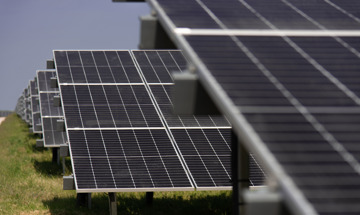
Case Study
Secure, Sustainable and Affordable: 2025 Policy Positions
Sustainability

Blog
Chris O'Shea - we must create a skills system that will produce the workers the UK needs to build our low carbon future
Sustainability
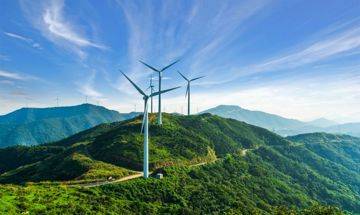
Case Study
The Demand for Energy Flexibility
Sustainability
Powering up the hydrogen revolution
Sustainability
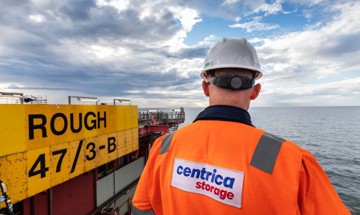
Blog
Let’s grasp the opportunity a secure, Net Zero energy future affords
Sustainability
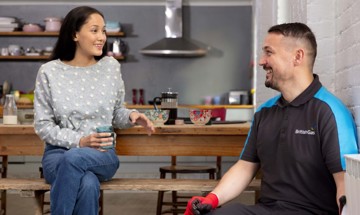
Blog
"It’s our role to take everyone on the journey towards Net Zero living"
Sustainability



